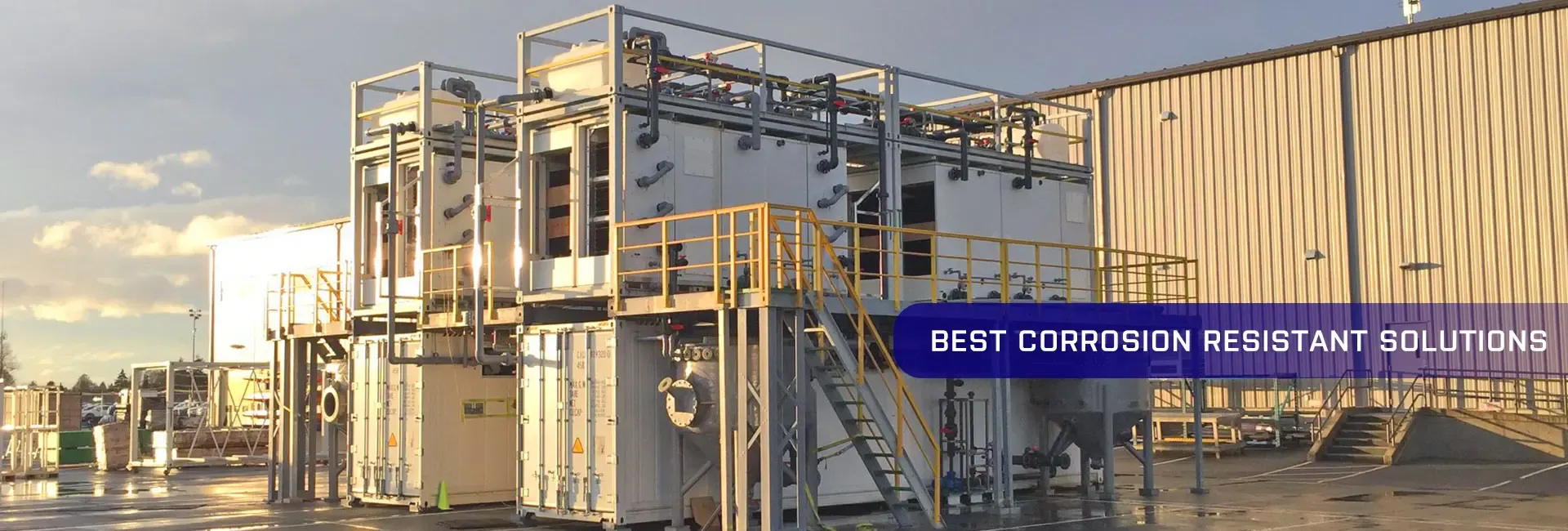
-
 Afrikaans
Afrikaans -
 Albanian
Albanian -
 Amharic
Amharic -
 Arabic
Arabic -
 Armenian
Armenian -
 Azerbaijani
Azerbaijani -
 Basque
Basque -
 Belarusian
Belarusian -
 Bengali
Bengali -
 Bosnian
Bosnian -
 Bulgarian
Bulgarian -
 Catalan
Catalan -
 Cebuano
Cebuano -
 China
China -
 China (Taiwan)
China (Taiwan) -
 Corsican
Corsican -
 Croatian
Croatian -
 Czech
Czech -
 Danish
Danish -
 Dutch
Dutch -
 English
English -
 Esperanto
Esperanto -
 Estonian
Estonian -
 Finnish
Finnish -
 French
French -
 Frisian
Frisian -
 Galician
Galician -
 Georgian
Georgian -
 German
German -
 Greek
Greek -
 Gujarati
Gujarati -
 Haitian Creole
Haitian Creole -
 hausa
hausa -
 hawaiian
hawaiian -
 Hebrew
Hebrew -
 Hindi
Hindi -
 Miao
Miao -
 Hungarian
Hungarian -
 Icelandic
Icelandic -
 igbo
igbo -
 Indonesian
Indonesian -
 irish
irish -
 Italian
Italian -
 Japanese
Japanese -
 Javanese
Javanese -
 Kannada
Kannada -
 kazakh
kazakh -
 Khmer
Khmer -
 Rwandese
Rwandese -
 Korean
Korean -
 Kurdish
Kurdish -
 Kyrgyz
Kyrgyz -
 Lao
Lao -
 Latin
Latin -
 Latvian
Latvian -
 Lithuanian
Lithuanian -
 Luxembourgish
Luxembourgish -
 Macedonian
Macedonian -
 Malgashi
Malgashi -
 Malay
Malay -
 Malayalam
Malayalam -
 Maltese
Maltese -
 Maori
Maori -
 Marathi
Marathi -
 Mongolian
Mongolian -
 Myanmar
Myanmar -
 Nepali
Nepali -
 Norwegian
Norwegian -
 Norwegian
Norwegian -
 Occitan
Occitan -
 Pashto
Pashto -
 Persian
Persian -
 Polish
Polish -
 Portuguese
Portuguese -
 Punjabi
Punjabi -
 Romanian
Romanian -
 Russian
Russian -
 Samoan
Samoan -
 Scottish Gaelic
Scottish Gaelic -
 Serbian
Serbian -
 Sesotho
Sesotho -
 Shona
Shona -
 Sindhi
Sindhi -
 Sinhala
Sinhala -
 Slovak
Slovak -
 Slovenian
Slovenian -
 Somali
Somali -
 Spanish
Spanish -
 Sundanese
Sundanese -
 Swahili
Swahili -
 Swedish
Swedish -
 Tagalog
Tagalog -
 Tajik
Tajik -
 Tamil
Tamil -
 Tatar
Tatar -
 Telugu
Telugu -
 Thai
Thai -
 Turkish
Turkish -
 Turkmen
Turkmen -
 Ukrainian
Ukrainian -
 Urdu
Urdu -
 Uighur
Uighur -
 Uzbek
Uzbek -
 Vietnamese
Vietnamese -
 Welsh
Welsh -
 Bantu
Bantu -
 Yiddish
Yiddish -
 Yoruba
Yoruba -
 Zulu
Zulu
fiberglass agitating tank
Fiberglass Agitating Tanks A Comprehensive Overview
Fiberglass agitating tanks have emerged as essential components in various industrial applications, particularly in the chemical, pharmaceutical, and food processing industries. These tanks are specifically designed to mix, agitate, and blend liquids, ensuring a homogeneous product that meets strict quality standards. The advantages of using fiberglass as a material for these tanks are numerous, making them a popular choice among manufacturers.
One of the primary benefits of fiberglass agitating tanks is their corrosion resistance. Unlike metal tanks, which can easily corrode when exposed to harsh chemicals or environments, fiberglass is impervious to many acids, alkalis, and solvents. This characteristic allows for safe storage and mixing of aggressive substances without the worry of tank degradation. Additionally, fiberglass does not rust, further extending the lifespan of the tanks and reducing the need for frequent replacements.
Another significant advantage of fiberglass tanks is their lightweight nature. Compared to metal counterparts, fiberglass tanks are considerably lighter, which simplifies transportation and installation. This is especially important in facilities where space is limited, or where tanks must be moved frequently for maintenance or operational purposes.
The design of fiberglass agitating tanks also offers excellent insulation properties
. The material’s inherent thermal resistance helps maintain consistent temperatures within the tank, which is crucial for processes that require specific temperature conditions. This insulation capability can lead to energy savings, as less energy is needed to maintain the desired temperature compared to poorly insulated alternatives.fiberglass agitating tank

Fiberglass tanks are also highly customizable. Manufacturers can tailor the size, shape, and internal configuration of the tank to meet specific operational requirements. This flexibility allows businesses to optimize their processes by choosing the exact specifications needed for their applications. For instance, the tank can be equipped with various forms of agitation, such as paddle mixers or propeller systems, to achieve the desired mixing efficiency based on the viscosity of the materials being processed.
In terms of maintenance, fiberglass agitating tanks are easier to clean than their metal or concrete counterparts. The smooth surface of fiberglass minimizes the risk of contamination, as residues are less likely to adhere to the tank walls. This property not only enhances hygiene standards but also contributes to reduced downtime during cleaning operations, which is critical in industries such as food and pharmaceuticals.
Moreover, environmental sustainability is a growing concern in many industries. Fiberglass is often manufactured using processes that reduce waste and energy consumption, making these tanks a greener choice for companies looking to minimize their ecological footprint.
In conclusion, fiberglass agitating tanks represent a reliable and efficient solution for various mixing and agitation needs across multiple industries. Their unique properties—corrosion resistance, lightweight design, thermal insulation, customizability, ease of maintenance, and environmental benefits—make them an excellent choice for businesses seeking to enhance their operations and ensure product quality. By investing in fiberglass agitating tanks, companies can achieve more efficient and effective processing outcomes while maintaining high industry standards.
Latest news
-
Exploring the Benefits of Top Hammer Drifter Rods for Enhanced Drilling PerformanceNewsJun.10,2025
-
High-Precision Fiberglass Winding Machine for GRP/FRP Pipe Production – Reliable & Efficient SolutionsNewsJun.10,2025
-
FRP Pipes & Fittings for Shipbuilding - Corrosion-Resistant & LightweightNewsJun.09,2025
-
Premium FRP Flooring Solutions Durable & Slip-ResistantNewsJun.09,2025
-
Premium Fiberglass Rectangular Tanks Durable & Lightweight SolutionNewsJun.09,2025
-
Tapered Drill String Design Guide Durable Performance & UsesNewsJun.09,2025









